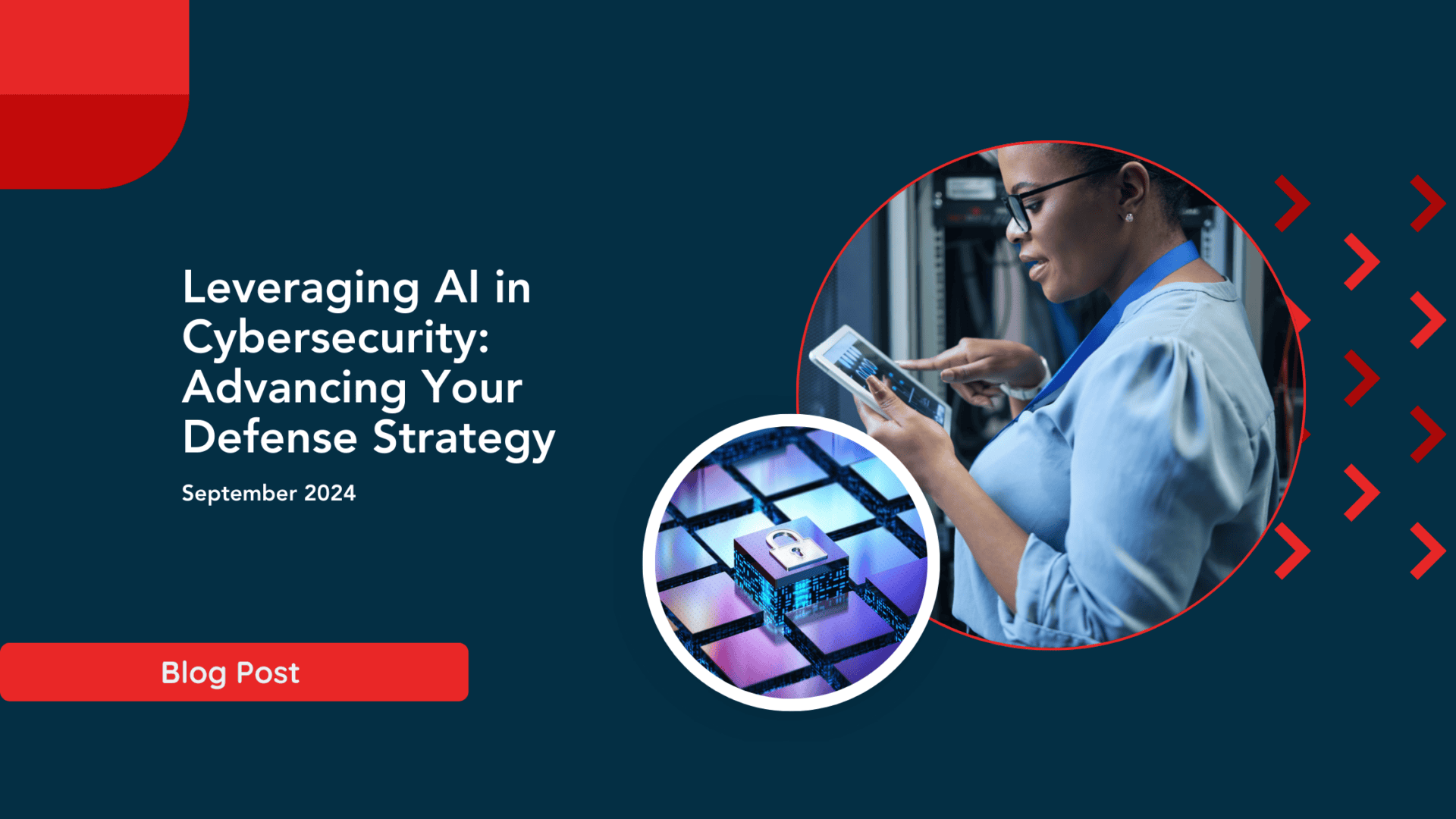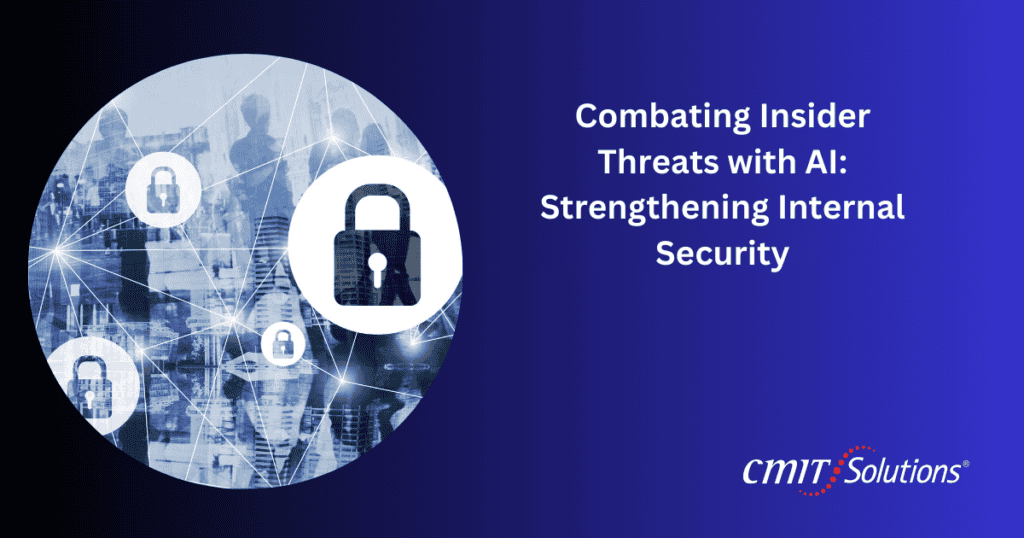In today’s hyperconnected world, cybersecurity is no longer a mere consideration—it’s a necessity. Every day, businesses face increasingly complex threats, from sophisticated phishing schemes to ransomware attacks. Traditional defense mechanisms, while still relevant, can no longer keep up with the rapidly evolving tactics of cybercriminals. Enter Artificial Intelligence (AI): a powerful and innovative tool that can revolutionize how businesses approach cybersecurity. At CMIT Boston Newton Waltham, we’re at the forefront of this transformation, providing businesses with AI-driven solutions that proactively protect against emerging threats.
In this blog, we’ll explore how AI is enhancing cybersecurity strategies and why adopting these advancements is critical to staying secure in an ever-changing digital environment.
AI in Cybersecurity: A Game Changer for Businesses
AI has been a catalyst for change across multiple industries, and cybersecurity is no exception. One of the most significant advantages AI offers is its ability to analyze vast amounts of data in real-time and learn from it. This means that AI-powered cybersecurity systems are not only reactive but proactive—they can identify patterns, detect anomalies, and predict potential attacks based on historical and real-time data.
The traditional approach to cybersecurity relies on signature-based detection, which effectively catches existing threats but struggles with identifying new, unknown threats. AI, however, takes cybersecurity to a new level by recognizing unknown patterns and adapting as new threats emerge.
Proactive Threat Detection with AI: Staying One Step Ahead
One of the most profound impacts of AI in cybersecurity is its ability to provide proactive threat detection. Traditional systems may rely on rule-based algorithms or signature matching, but these methods can fall short when it comes to new, evolving threats. AI systems continuously learn and adapt to emerging trends.
CMIT Boston Newton Waltham incorporates AI technology into our cybersecurity solutions, offering businesses a proactive defense system that monitors network traffic and user behavior in real-time. By catching these threats early, businesses can mitigate potential damage before it escalates into a full-scale attack.
AI-Powered Automated Incident Response: Reducing Damage from Attacks
When a cybersecurity breach occurs, automated incident response systems, powered by AI, can detect threats in real-time and immediately take corrective action. For example, if a malware attack is detected, the system can isolate the infected device from the network, preventing further spread. Similarly, if unauthorized access is identified, the system can revoke access privileges instantly.
This automation minimizes the potential damage caused by cyberattacks, ensuring that threats are neutralized as quickly as possible.
Boosting Security Operations with AI: Efficiency Meets Effectiveness
Security operations centers (SOCs) are critical to a robust cybersecurity strategy. However, SOC teams can become overwhelmed by the sheer volume of data. AI can assist by automating repetitive tasks and analyzing security data faster and more accurately than human analysts.
By implementing AI-driven tools in your SOC, your security team can focus on pressing issues, improving both threat detection and resource management.
Predictive Analytics in Cybersecurity: Anticipating Future Threats
One of the most powerful applications of AI in cybersecurity is predictive analytics. AI can identify trends, analyze past data, and predict where future attacks may occur, allowing businesses to take proactive measures before breaches happen.
CMIT Boston Newton Waltham offers predictive analytics tools to help businesses anticipate and prevent future threats.
Combating Insider Threats with AI: Strengthening Internal Security
Insider threats, whether intentional or inadvertent, pose significant risks to businesses. AI excels at identifying insider threats by continuously monitoring user behavior and spotting anomalies that indicate suspicious activity.
With AI monitoring, businesses can react quickly to insider threats before they cause irreparable damage.
AI and Compliance: Automating Regulatory Requirements
AI can help businesses stay compliant by automating compliance processes. AI-driven tools assess your network, security policies, and configurations to ensure they meet industry standards, generating compliance reports to minimize the risk of non-compliance penalties.
The Future of AI in Cybersecurity: What’s Next?
The integration of AI into cybersecurity is just beginning, and the potential for growth is vast. As AI evolves, it will offer even more sophisticated ways to detect and prevent cyber threats. Future advancements may include AI systems that predict attacks with greater accuracy and autonomously respond to threats.
CMIT Boston Newton Waltham is committed to staying ahead of the curve, constantly evaluating the latest AI technologies to ensure we provide the most effective cybersecurity solutions.
Conclusion
As cyber threats become more advanced, businesses need to leverage equally advanced tools to protect themselves. AI is a transformative technology that enhances every aspect of cybersecurity, from real-time threat detection and automated incident response to predictive analytics and compliance automation.
At CMIT Boston Newton Waltham, we are dedicated to helping businesses harness the power of AI to build robust, resilient cybersecurity defenses. By incorporating AI into your cybersecurity strategy, you’re not just protecting against today’s threats—you’re preparing for the future.






